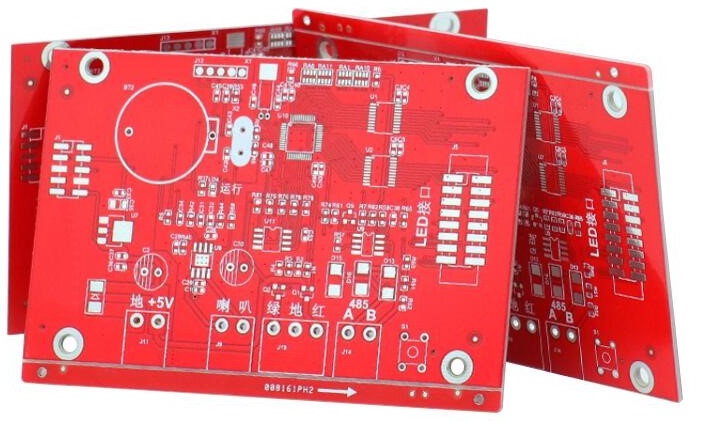
What Are the Different Types and Applications of PCAs?
A printed circuit board is commonly used in electronic products as a base for wiring and socket components that are mounted on the surface.
Photolithography is used to create PCBs in applications that require fine wiring such as computer systems. This process is a scaled up version of the way connections are made on processors.
Solder is used by machines to attach electronic devices to the PCB. In an industrial microwave, the PCB is heated to melt the solder connecting the components. The majority of PCBs consist of glass-reinforced or fiberglass polymers and copper traces.
PCBs used for simple electronic devices have a single layer. Up to 12 layers can be found on complex electronic printed circuit boards such as motherboards or digital graphics cards. PCBs can be any color, including green.
PCBs connect electrical components using copper tracks, unlike ordinary wires. Electrical components are secured by drilling holes into the board. Soldering is used to secure them, and copper tracks are used to connect them into a circuit. A PCB assembly is the combination of a PCB (printed circuit board) and its components. The PCB would be a useless board without this assembly. Its importance is obvious.
PCBs can be found in nearly all electronic devices that we use and see every day. These PCBs are responsible for making devices that we use every day look smaller, while still containing more technology. Applications include:
• Radios and TVs
• Computers
• Alarm systems
• Coffee Machines
• Washing machines
• Playstations are a great way to play games.
• Mobile phones
• Ovens
The other application areas include medical and industrial components, as well as military (bikes, automobiles, planes, etc.).
Overview of PCB Manufacturing Process
Understanding the differences between PCB assembly and PCB manufacturing is essential. PCB assembly production involves PCB design, prototyping and PCB mounting.
We will now take a closer look at PCB production.
Board design, component procurement and assembly are the three main PCB manufacturing processes. Design for testability (DFT), and design for manufactureability (DFM) is essential to ensuring the best return on the project costs, whether the PCB production and assembly is for large or small batches. Assembly of a PCB can vary, unlike manufacturing. It depends on your preferences or application.









